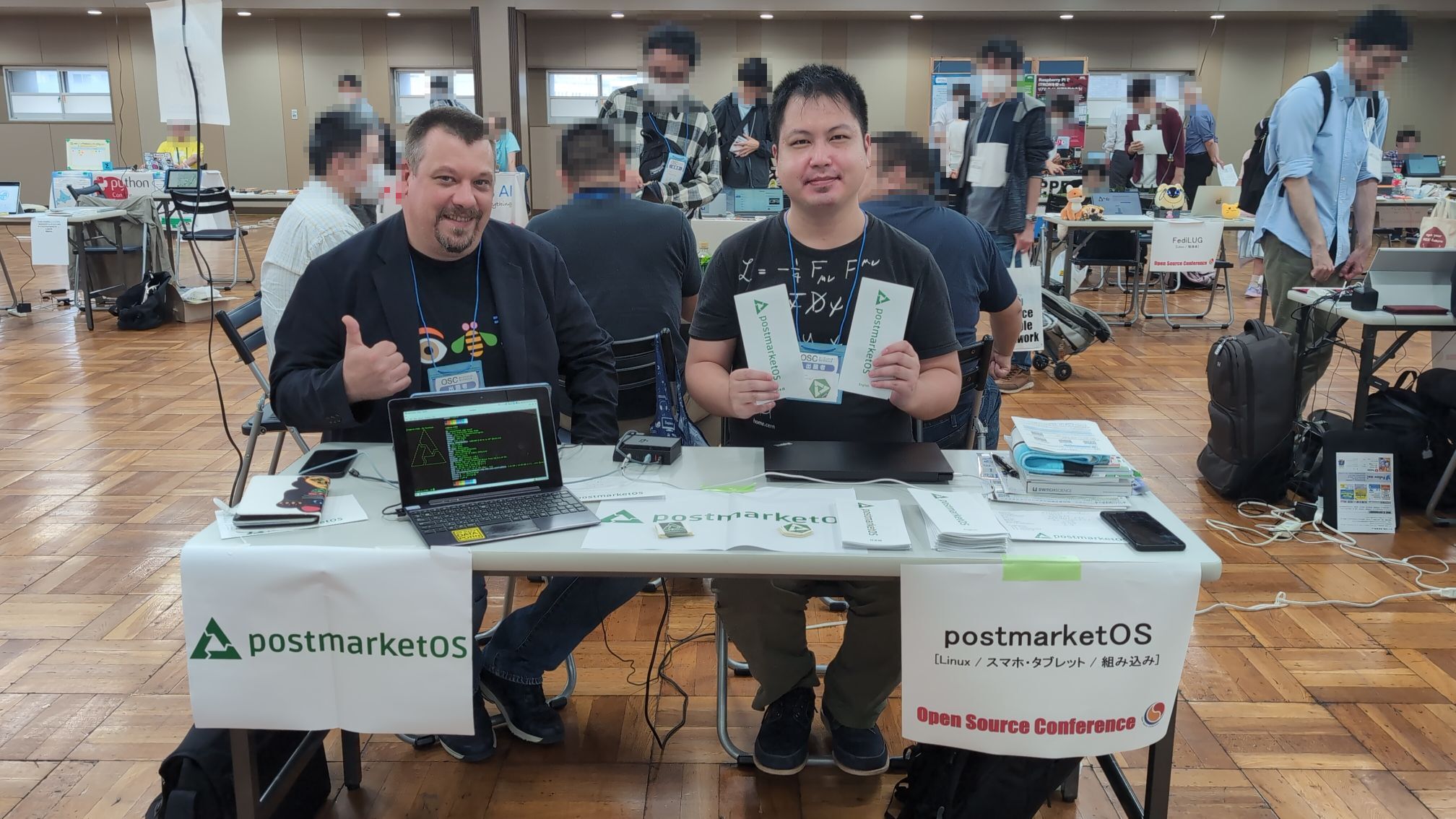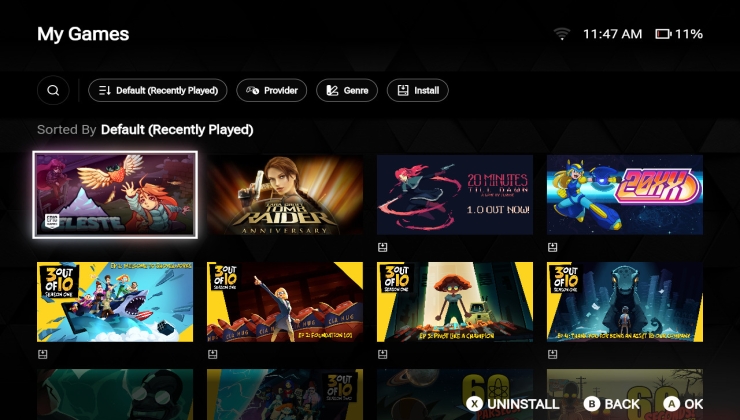- 3 Posts
- 13 Comments

 2·2 months ago
2·2 months agoHe’ll, even an Intel based thin client would probably be enough. You can get them on eBay for like 30 bucks, which is about as much as a pi costs. You’ll probably have to replace the ssd though. That’ll set you back an additional 30 bucks.

 5·2 months ago
5·2 months agoThere is BigBlueButton. It’s more focused in educational usecases (online classes and the like) but it works just fine for everything else. You need to host it yourself, but there are hosted instances out there. I for example use senfcall.
But I think we are talking about different things here. What Chanuk was talking about (I think) is a ms-teams or slack alternative, not a zoom or oracle WebEx alternative. Basically Discord but for business. Sidenote: there is a open source Discord clone called revolt
I would probably go with bluefin. KDE is great, I myself use aurora on one of my devices, but it can also be kinda fiddley with all of it’s options.
The user has never even used a PC and therefore won’t profit from the familiarity that KDE’s default desktop layout provides. Gnome on the other hand offers a more simplified experience with few options and big icons. All of that might be an asset here. You can use menulibre to hide menu entries from the menu and use the official documentation to remove command line access: https://help.gnome.org/admin/system-admin-guide/stable/lockdown-single-app-mode.html.en
Plus it’s still atomic which I actually think is helpful here. For once all the important system stuff is read only. Secondly if one manages to screw something up you can just rebase.

 10·2 months ago
10·2 months agoThat they leased
I considered that. Unfortunately silverblue doesn’t do live systems and aurora therefore doesn’t either. So a VM is the only way of trying it out. OP stated that they have someone to help with the actual installation so I left the whole create install medium for bare metal install out intentionally since I assume this person will be capable of helping with that.
Also small Markdown help: If you use dashes lemmy will automatically format bulletpoints correctly. You can’t use •s for it. Doesn’t take anything away from your comment, etcher is still the best tool to create a bootable usb drive, but for the future consider using dashes.
You can try Linux out without installing it to get a feel for it before you make the jump. Set a weekend aside (or at least a couple of hours) to test drive a Linux distro and check if it is your cup of tea.
This is one way of doing this:
- Install Virtual Box on your (Widows) PC
- head over to https://getaurora.dev/ and download the latest iso
- In virtualbox create a new VM
- set the OS Type to fedora (64 bit)
- after that you can keep all the standard settings, just be aware that performance is not going to be representative of an actual install
- Then select the newly created VM and open the settings panel
- here you go to “Storage” and click on the slot under “Controler: IDE” labeled “empty”
- click on the CD symbol on the right side of the window, in line with “optical drive” and select “choose a disk file”
- pick the iso file you downloaded in step 2
- close the settings window and start the VM
- go through the installation wizard to install Aurora OS in your Virtual Machine
- Profit
I know that these instructions can seem daunting but it is easier than it reads, I promise.
Why Aurora OS
Aurora OS is based on Fedora Silverblue meaning that it is what is known as a immutable distro. That in turn means that it’s harder to mess stuff up and break your install. It also means that some things are harder to achieve. But I also think that you are probably not interested in the hard stuff anyway.
Aurora uses the KDE Plasma Desktop, the same desktop used by Valve on the Steamdeck. It has a familiar Windows like layout by default but also allows you to customise it like crazy to fit your particular need (whatever that may be).
Aurora flatpak as it’s app format. To see what kind of software is available for this distro you can check flathub.org . It’s not going to be as much software as Linux Mint for example (Mint uses flatpak and deb), but everything the average user needs should be there.
Here is the quote I paraphrased in my comment (I’m sure I got something wrong):
The immutable file system from Fedora Silverblue will be very helpful in implementing our anti cheat system but it is not our anti cheat system. We are planning to generate signatures for each version of our OS (easy with Silverblue) as well as all the DLLs we install dynamically. Basically using our SDK, a game developer will be able to obtain a signature of the current config on the device then call our backend to verify that this is a genuine Playtron version.

 12·2 months ago
12·2 months agoThen please, enlighten us!
What is a game that brands itself as a web3 game (not a game that just uses blockchain tech but specifically calls itself web3) that isn’t also play to earn.
It’s bazzite with a custom UI instead of Steam Big Picture and no desktop mode. Their big claim seems to be that they say that they have solved anti cheat on Linux: the system generates a checksum of the kernel space, the anti cheat then compares this checksum with the one on file. No custom kernel module needed on the part of the anti cheat dev. At least in theory.
Although this game has a Linux-native build available, Steam does not list it as having Linux support. This can happen if a game has an unofficial, unfinished, or unsupported build. You may need to force Steam to enable Proton for the game in order to run properly.
https://www.protondb.com/app/203160
Square where early adopters of Linux back when Steam Machines V1 came out commissioning ports for a bunch of their Eidos (western) IPs. And then they stopped support for those ports when Proton came around

 2·3 months ago
2·3 months agoAnd a lot of others require a special app for 2fa. I for example still need a app when using the website.
I found that having a second phone (just my old phone) as a dedicated banking device. How often do you need to initiate a bank-transfer while on the go anyway?





The best part of the blogpost: They are going to invest even more next year.